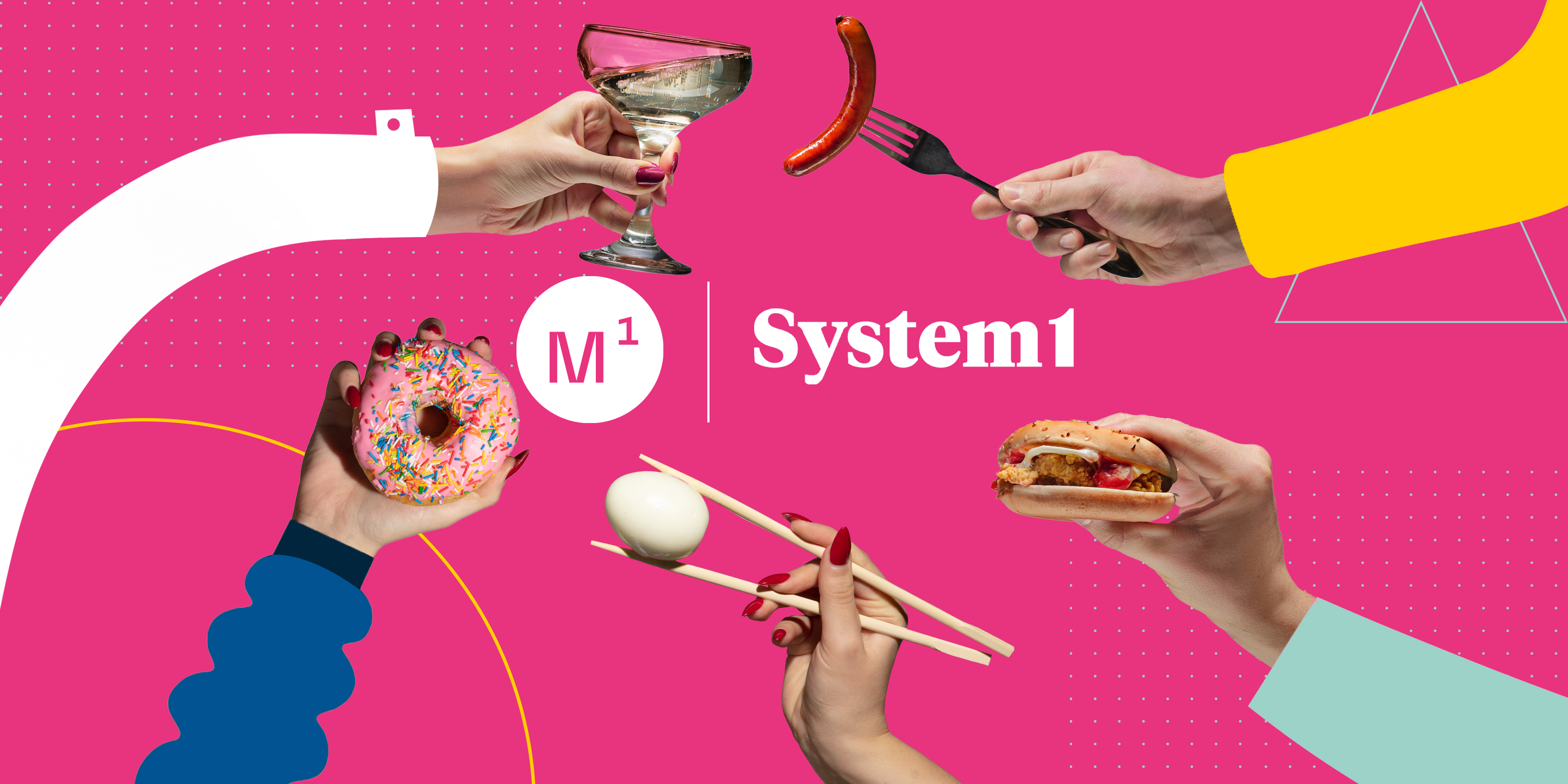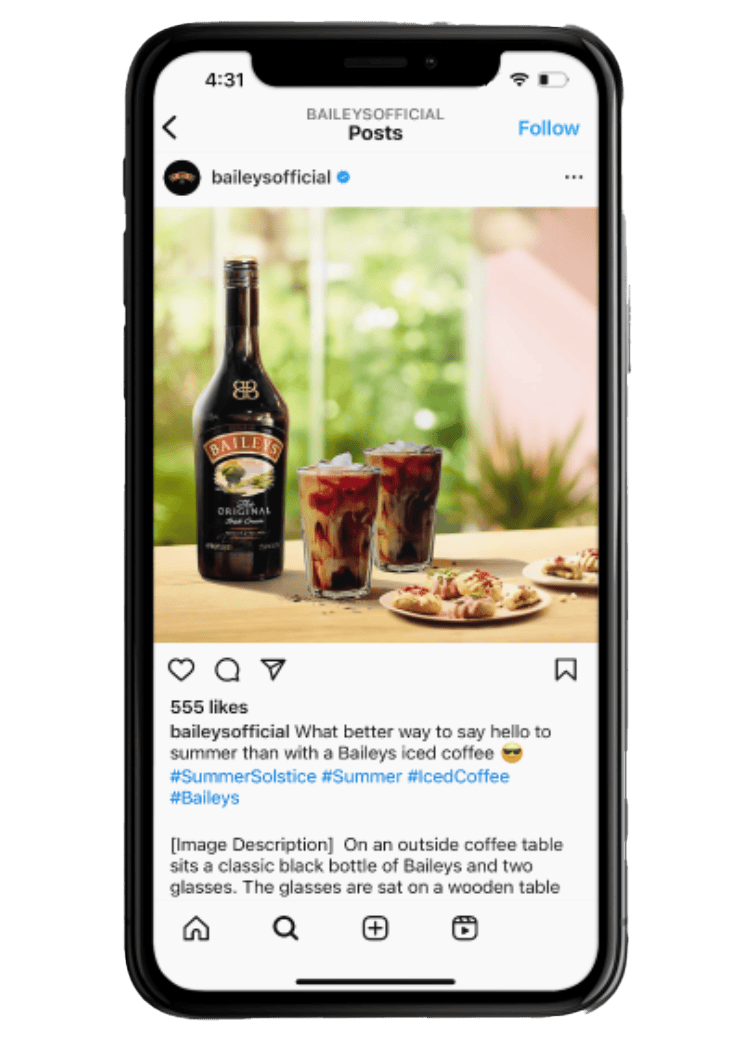
Three Ways Indulgence Brands Can Grow Using Behavioral Science
When it comes to successfully breaking through and resonating with an audience, it can be hard for brands to know where to start—and even harder to know what will support long-term market share and growth. In partnership with System1, we took a look at some top-performing indulgence brands. When we say “indulgence,” broadly speaking, it means something that you allow yourself to enjoy or treat yourself to. It is desired or wanted, but isn’t typically a necessity for living. Think consumable snacks, sweets, soda, cannabis, spirits, and beer.
With that in mind, we dug into the System1 Test Your Ad platform, a database of more than 100,000 ads, and identified three key behavioral science principles that work to drive effectiveness in advertising: the Von Restorff Effect, Implementation Intentions, and Moral Licensing. Not sure what those are or what they mean? Let’s unpack what we saw.
Bias #1: The Von Restorff Effect. Essentially, people are more likely to notice distinctive stimuli. As a long-time brand builder, this is the bias I will double-down on time and time again. For indulgence brands in a category that becomes increasingly more crowded by the day, distinctive stimuli is your best friend
Case in point: Corona Beer. In System1’s database of ads, Corona comes up repeatedly as a top performer. When you look at their body of work, the Von Restorff Effect is ever present. Starting with the brand’s distinctive bottle, label, and beach imagery, to in the case of their “Tiny Umbrellas” ad (which features Andy Samberg, Snoop Dogg and Eli Manning), incorporating a rather unique combination of celebrities gathered on a beach attempting to drink around tiny umbrellas in their Corona beer bottle—there is distinctive stimuli on multiple levels that is bound to be breakthrough.
Bottom Line: Don’t fall in the trap of simply leaning into taste appeal when it comes to indulgence. Be purposeful in how your brand shows up repeatedly with distinctive assets, and also in a breakthrough way that can’t help but separate your brand and ads alongside other competitors. The more distinctive the better it is to truly “stick” in people’s minds and ensure your brand is chosen when they’re ready to purchase.
Bias #2: Implementation Intentions. Essentially changing motivation or intentions is often not enough to tangibly drive behavior change. To overcome the “intention to action” gap as psychologists call it, developing new habits need a cue or trigger to stimulate the desired behavior. You might hear a lot about this bias around the top of each New Year, when people are setting resolutions.
Two brands that rose to the top are Baileys Irish Cream and Hershey’s chocolate. You may be thinking “how much of a cue for consumption do we really need when it comes to indulgence brands?” Remember, the category is crowded, and often the biggest barrier to trial or purchase is actually ensuring your brand or product is top-of-mind when someone is in the mood for indulgence.
In an ad from last fall, Hershey’s reminds us that any time is a good time to make s’mores with friends (even without a bonfire under the evening sky), cuing the product as a necessary ingredient for the occasion. They have built that trigger over years of repetition.
While Baileys Irish Cream Liqueur is undeniably synonymous with the holiday season, the brand has diversified its indulgent offerings, broadening the occasions at which people can enjoy the adult treat. The brand has remained at the forefront of treating culture, which now is more dynamic and fast-growing than ever, with a versatile portfolio of offerings. From a simple Baileys coffee or hot chocolate to intricate baking creations and cocktails, Baileys is the go-to choice for both meaningful holiday celebrations and everyday treat moments.
“The holidays are a significant time for the spirits category, and particularly for Baileys when it comes to consumer’s desires for treats and desserts”, says Whitney Mullen, Director of Baileys & Liqueurs at Diageo. “Yet we know treating happens in big and small ways throughout the year. So as the category continues to grow, our focus on highlighting versatile and indulgent ways to enjoy Baileys year-round has given us the capability to deliver exceptional treats and reinforce Baileys as a beloved choice for all types of occasions.”

Bottom Line: Embrace the power of cues and triggers — and repeat them explicitly (think step one, two, three) and implicitly through timing and placement of your messages. Make it easy for people to visualize (and set) a clear time and place for consuming your product.
Bias #3: Moral Licensing. We reward ourselves for perceived “good behavior,” often overcompensating and treating ourselves after acting virtuously. If you have ever heard the phrase ‘treat yourself’, you probably get the idea. This behavioral science bias is ripe for everything indulgence.
Bud Light’s “Hold” Super Bowl ad saw a strong 4-plus Star Rating out of a possible 5.9 in System1’s database last year, demonstrating strong brand-building potential. At face value, it’s a light-hearted spot starring Miles Teller and his wife Keleigh Sperry, waiting on hold, cracking beers, and dancing around the living room to pass the time. At second glance, the beauty of the ad is that enjoying a Bud Light is actually shown as a reward for being willing to wait on hold (similar to how Miller Lite’s “It's Miller Time”' slogan encouraged consumers to enjoy a beer as a reward for a hard day’s work).
Ghirardelli is another highly-rated brand that leans into moral licensing with their fall “Rich Treat” spot, showing a chocolate square as a treat after a long day at the office. They embrace that moment of “me time” being closely associated with the moment the carmel square meets your lips.
Bottom Line: Culturally, most of us don’t need much of an excuse to indulge, but as a brand, it never hurts to reinforce the many, often little, occasions when someone should.
While there are a number of different ways to drive behavioral change using behavioral science, if you consider yourself an indulgence brand, the three above should absolutely be at the top of your list. And as System1’s data shows, putting these principles to use can lead to big brand-building gains.
Ready to
make your brand
irresistible?
